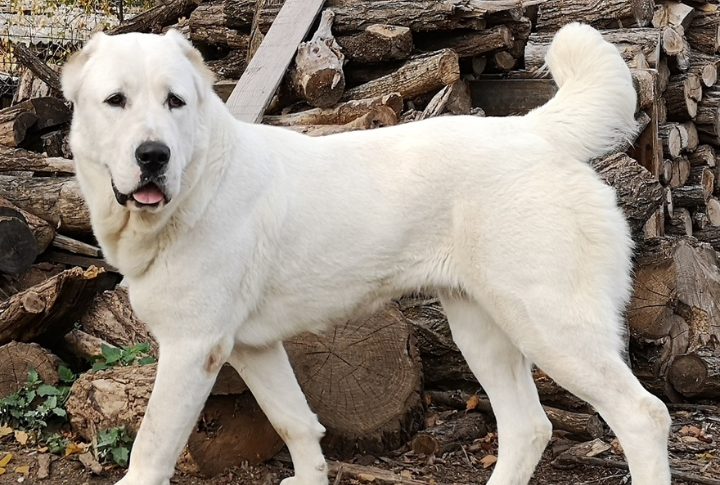Central Asia’s Fiercest Guardian Dog

High in the rugged mountains of Central Asia, a steadfast guardian has watched over flocks and families for thousands of years. Loyal and fiercely independent, the Central Asian Shepherd Dog is a protector and living proof of resilience. But what sets this ancient breed apart from all the rest?
Origins Of The Central Asian Shepherd Dog

Over 4,000 years old, the Central Asian Shepherd Dog hails from regions encompassing modern-day Kazakhstan, Turkmenistan, and Uzbekistan. This breed wasn’t crafted by human design but evolved through natural selection, surviving harsh climates and predators. Artifacts from ancient civilizations depict dogs resembling today’s breed and their longstanding role in human history.
Physical Characteristics And Strength

The Central Asian Shepherd is a strong, muscular breed that stands at 24 to 28 inches tall and weighs 80 to 140 pounds, with some reaching 175 pounds. Its dense double coat provides insulation against extreme temperatures, and its broad head and deep-set eyes convey authority and vigilance.
Role As A Livestock Guardian

These dogs have been indispensable to nomadic herders for centuries by protecting livestock from predators like wolves and bears. Their independent nature allows them to assess threats and respond without human direction. Even today, they serve as vigilant guardians of flocks in regions of Central Asia.
Temperament And Behavior

Independent yet intensely loyal, Central Asian Shepherds are known for their protective instincts. They form strong bonds with their families but remain reserved around strangers. Their intelligence and self-assuredness make them natural leaders, often taking charge in situations without awaiting commands.
Training And Socialization Needs

Given their strong-willed nature, early socialization and consistent training are highly necessary. Exposing puppies to people and animals during their first 16 weeks fosters well-rounded adults. Positive reinforcement techniques, combined with firm guidance, yield the best results in training.
Health And Lifespan

Generally hardy, Central Asian Shepherds have a 10 to 15 years lifespan. While they possess a resilient constitution, they can be prone to health issues common in large breeds, such as hip and elbow dysplasia. Routine veterinary visits and a nutritious diet are vital for ensuring their health and well-being.
Modern-Day Roles

Beyond their traditional roles, these dogs have adapted to various functions in contemporary settings. Their keen protective instincts make them excellent property guardians. Historically, they were used in Soviet military breeding programs, but today, they are primarily valued as property guardians. They thrive best in environments with a purpose and space to roam.
Comparisons With Other Guardian Breeds

While breeds like the Anatolian Shepherd and Tibetan Mastiff share guardian roles, the Central Asian Shepherd distinguishes itself with its unique blend of independence and loyalty. Unlike some guardian breeds that rely heavily on human commands, this breed often makes autonomous decisions, a trait honed by centuries of protecting livestock in isolation.
The Breed’s Unique Communication Style

Central Asian Shepherds express themselves in ways typical of many guardian breeds. They rely on body language, deep vocalizations, and measured communication responses. Their posture and low growls often convey more than loud barking ever could. Understanding these cues is key to building trust and a strong partnership with these remarkable dogs.
Challenges Of Ownership

Owning a Central Asian Shepherd is not for the inexperienced. Their dominant personality requires an owner who can establish clear leadership without resorting to harsh methods. Adequate space is essential, as confinement can lead to behavioral issues. Potential owners need to be ready to take care of both the physical and mental requirements of the breed.




